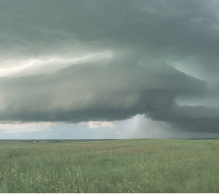Read the Latest
- The New START Treaty is expiring. Where does that leave Europe's nuclear arsenal?
- US official defends Trump’s nuclear test comments by citing mounting risks from other states
- Warren, Garamendi call for pause, review of nuclear bomb-building plan
- Working at Cold War Los Alamos
- AI Is a Windfall for Utilities. It’s Also a Political Headache
TopicsStories
Educational Resources
- Projects
- Events
- Our Team
- Stories and Resources
- Latest Stories
- The New START Treaty is expiring. Where does that leave Europe's nuclear arsenal?
- US official defends Trump’s nuclear test comments by citing mounting risks from other states
- Warren, Garamendi call for pause, review of nuclear bomb-building plan
- Working at Cold War Los Alamos
- AI Is a Windfall for Utilities. It’s Also a Political Headache
- Topics
- Educational Resources
- Newsletter
- Connect

